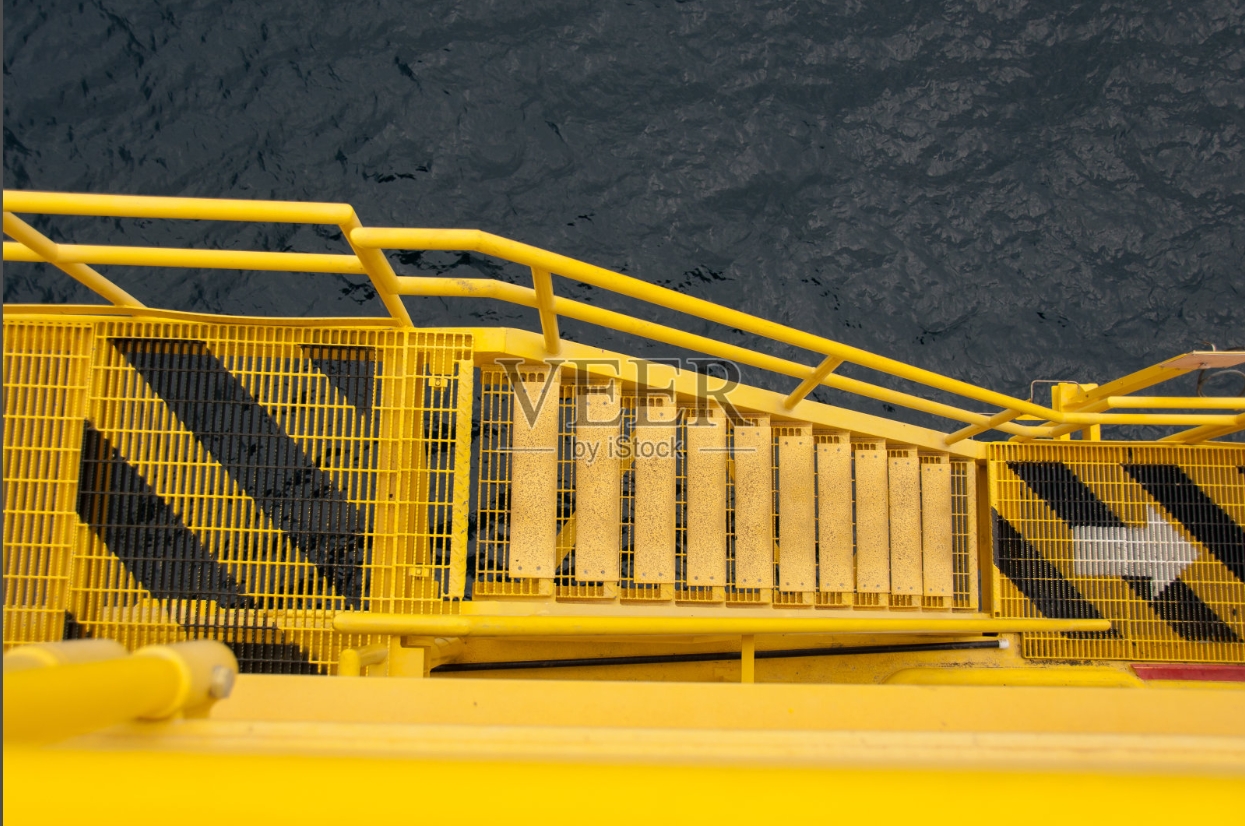Understanding the Role of Desilter Hydrocyclones in Oilfield Operations
May 02,2025
In the oilfield operations sector, maintaining the quality of drilling fluids is crucial for effective drilling and overall efficiency. One essential device used for this purpose is the desilter hydrocyclone. Acting as a vital component in the solids control system, desilters serve to remove fine particles from drilling mud, ensuring that the fluid remains optimal for use. Desilter hydrocyclones o

In the oilfield operations sector, maintaining the quality of drilling fluids is crucial for effective drilling and overall efficiency. One essential device used for this purpose is the desilter hydrocyclone. Acting as a vital component in the solids control system, desilters serve to remove fine particles from drilling mud, ensuring that the fluid remains optimal for use.
Desilter hydrocyclones operate on a simple yet effective principle of centrifugal force. When drilling mud enters the hydrocyclone, it is forced to spin rapidly, creating a vortex. This vortex generates a centrifugal force that pushes heavier solid particles towards the walls of the hydrocyclone. As a result, these particles are separated from the lighter, cleaner drilling fluid that moves toward the center and exits the hydrocyclone. This process is pivotal in maintaining the performance of drilling fluids, as the presence of excessive solids can lead to various operational issues, including increased viscosity and reduced drilling efficiency.
The efficiency of desilter hydrocyclones is measured by their cut size, which refers to the particle diameter that can be effectively separated from the fluid. Typically, desilters are designed to remove particles in the range of 15 to 44 microns, which are often challenging to manage using traditional methods. By effectively removing these fine solids, desilters help maintain the viscosity and density of the drilling mud, promoting smoother drilling operations and minimizing wear on drilling equipment.
Moreover, the use of desilter hydrocyclones not only enhances operational efficiency but also contributes positively to environmental management. By effectively removing solids from drilling fluids, these devices reduce the volume of waste generated during drilling operations. This is especially important in the context of increasing environmental regulations and the need for sustainable practices in the oilfield sector.
In summary, desilter hydrocyclones play a crucial role in oilfield operations by improving the quality of drilling fluids and ensuring the efficient separation of solids from drilling mud. Their ability to enhance operational efficiency while supporting environmental sustainability makes them an indispensable tool in the industry. Understanding their function and benefits can help oilfield operators make informed decisions about their drilling processes and equipment choices, ultimately contributing to more successful and environmentally responsible oil extraction.
Desilter hydrocyclones operate on a simple yet effective principle of centrifugal force. When drilling mud enters the hydrocyclone, it is forced to spin rapidly, creating a vortex. This vortex generates a centrifugal force that pushes heavier solid particles towards the walls of the hydrocyclone. As a result, these particles are separated from the lighter, cleaner drilling fluid that moves toward the center and exits the hydrocyclone. This process is pivotal in maintaining the performance of drilling fluids, as the presence of excessive solids can lead to various operational issues, including increased viscosity and reduced drilling efficiency.
The efficiency of desilter hydrocyclones is measured by their cut size, which refers to the particle diameter that can be effectively separated from the fluid. Typically, desilters are designed to remove particles in the range of 15 to 44 microns, which are often challenging to manage using traditional methods. By effectively removing these fine solids, desilters help maintain the viscosity and density of the drilling mud, promoting smoother drilling operations and minimizing wear on drilling equipment.
Moreover, the use of desilter hydrocyclones not only enhances operational efficiency but also contributes positively to environmental management. By effectively removing solids from drilling fluids, these devices reduce the volume of waste generated during drilling operations. This is especially important in the context of increasing environmental regulations and the need for sustainable practices in the oilfield sector.
In summary, desilter hydrocyclones play a crucial role in oilfield operations by improving the quality of drilling fluids and ensuring the efficient separation of solids from drilling mud. Their ability to enhance operational efficiency while supporting environmental sustainability makes them an indispensable tool in the industry. Understanding their function and benefits can help oilfield operators make informed decisions about their drilling processes and equipment choices, ultimately contributing to more successful and environmentally responsible oil extraction.
Key words:


